Khuzestan Province, Iran – Ancient Cities, Traditions,

- Negin Masihi
- 16 August 2025
- Iran
- 3 minutes
Located in the southwest of Iran, Khuzestan Province is a land where the Karun River, vast date palm groves, and ancient civilizations converge. Known as the cradle of the Elamite kingdom and a crossroads of cultures, Khuzestan offers a unique blend of archaeology, living traditions, delicious food, traditional attire, natural beauty, and handicrafts. For travellers looking to discover authentic Iran, Khuzestan is an unforgettable destination.
You might also enjoy: Persian art
Ancient Cities and Historical Monuments
Susa (Shush) – Capital of Elam and Persia
The ancient city of Susa, one of the world’s oldest continuously inhabited settlements, was once the capital of the Elamite Empire and later the Achaemenid dynasty. The Apadana Palace, built by Darius the Great, and the Tomb of Daniel the Prophet are among its most famous landmarks.
Chogha Zanbil Ziggurat
A UNESCO World Heritage site, Chogha Zanbil is an ancient Elamite stepped temple dating back over 3,000 years. This impressive ziggurat symbolises the spiritual and architectural achievements of early Iranian civilization.
Shushtar – The City of Water
Shushtar Historical Hydraulic System, another UNESCO-listed wonder, demonstrates extraordinary Persian engineering. Its dams, canals, and watermills once harnessed the Karun River, turning Shushtar into a flourishing centre of agriculture and trade.
Dezful and Izeh
Dezful is famous for its ancient brick houses, narrow alleys, and the historic Dez Bridge built during the Sassanid era. Izeh showcases rock reliefs such as Kul-e Farah and Eshkaft-e Salman, offering glimpses into Elamite and Parthian religious rituals. Other major cities include Ahvaz, the provincial capital, and Abadan and Khorramshahr, famous for their oil heritage and palm groves.

Ancient Cities and Historical Monuments
Local Customs and Ancient Traditions
Khuzestan is home to diverse ethnic groups—Arabs, Bakhtiari Lurs, Persians, and others—each preserving unique customs:
- Arab communities celebrate Eid al-Fitr and Eid al-Adha with large gatherings, music, and special foods.
- Bakhtiari weddings showcase traditional stick dances, accompanied by the sounds of the sorna and dohol.
- Muharram rituals and passion plays have deep roots in Shushtar and Dezful.
- Seasonal festivals, such as harvest celebrations and nomadic gatherings, continue to be practiced in rural areas.
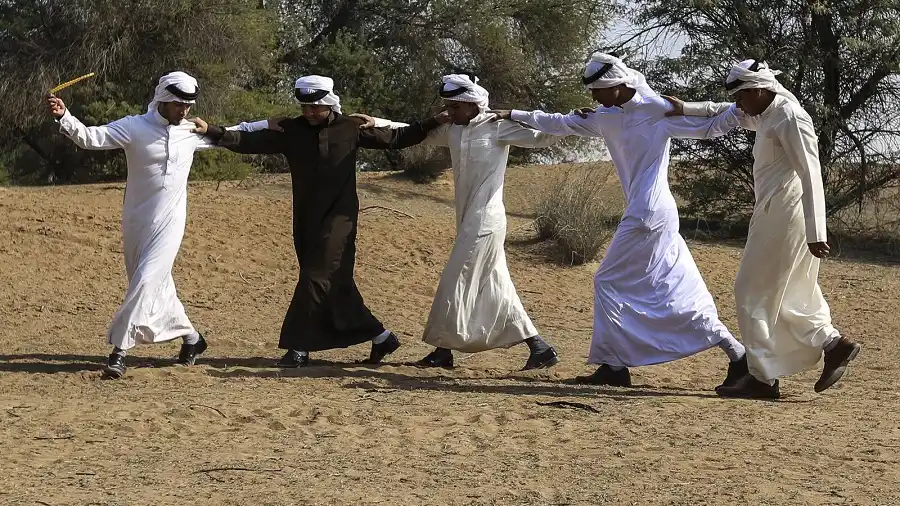
Sword Dance
Traditional Cuisine
- Food in Khuzestan combines Persian and Arab flavours, often rich in spices and herbs:
- Ghalieh Mahi – A tamarind-flavoured fish stew, cooked with garlic and herbs, a true southern delicacy.
- Ghalieh Meygu – A spicy shrimp dish reflecting the Gulf’s coastal influence.
- Koube (Kebbeh) – Deep-fried rice patties stuffed with seasoned meat, inspired by Arab cuisine.
- Falafel and Samosa of Abadan – Street foods beloved across Iran.
- Shushtari Halva and Date Sweets – Traditional desserts served at religious and family gatherings.
Khuzestan’s cuisine reflects both its geographical diversity and its cultural fusion.
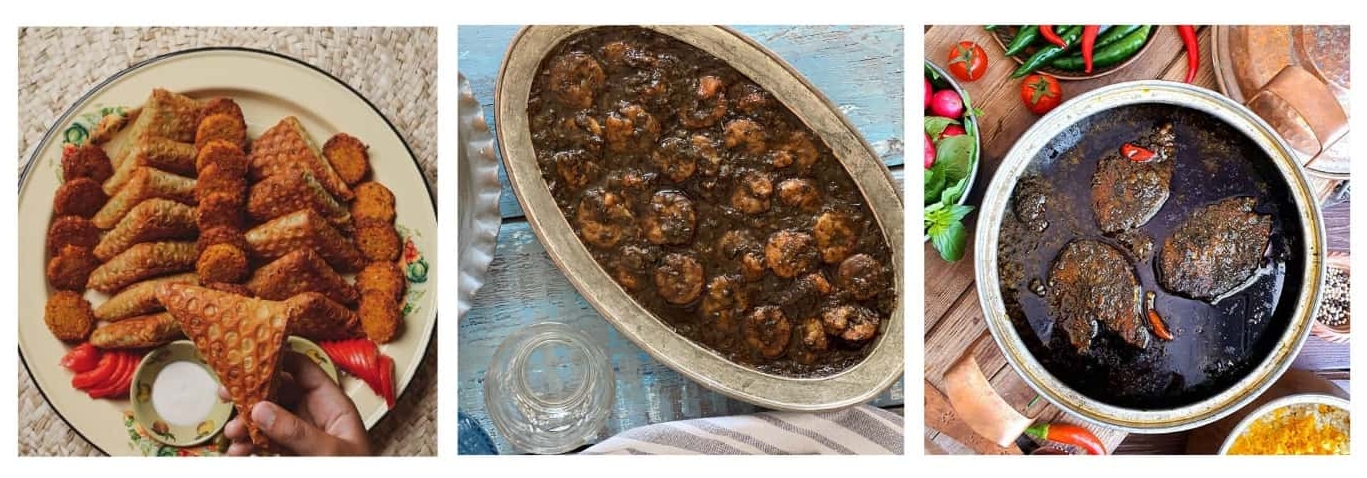
Traditional Cuisine of Khuzestan
Traditional Clothing of Khuzestan
The clothing of Khuzestan mirrors its ethnic diversity:
Men’s Attire
Arab men often wear the dishdasha (long robe) with a black-and-white keffiyeh (chafiyeh) held in place by an agal (headband).
Bakhtiari and Lur men wear woollen choqa, wide trousers, and felt hats.
Women’s Attire
Arab women wear abaya or abayeh, sometimes decorated with colourful embroidery, paired with scarves and gold jewellery.
Bakhtiari women wear long, pleated skirts in vibrant colours, paired with embroidered blouses and patterned scarves.
These costumes are still worn proudly during weddings, festivals, and nomadic ceremonies.
You might also enjoy: Persian clothing

Tourist Attractions in Khuzestan
- Chogha Zanbil Ziggurat – a must-see UNESCO site.
- Susa archaeological complex – including the Apadana Palace and Daniel’s Tomb.
- Shushtar Hydraulic System – an engineering masterpiece.
- Dezful Old Bridge and Historic Houses – living examples of traditional brickwork.
- Izeh Rock Reliefs – ancient carvings of Elamite and Parthian kings.
- Karun River in Ahvaz – a scenic landmark where bridges light up at night.
- Shadegan Wetland – one of the largest wetlands in the Middle East, home to migratory birds.
- Abadan Palm Groves – famous for producing some of Iran’s best dates.
Handicrafts and Souvenirs
- Khuzestan’s handicrafts are diverse and rooted in daily life:
- Mat-weaving (Hasir Bafi) using palm leaves, common in Shadegan and Ahvaz.
- Black tents and woollen weaves among Bakhtiari nomads.
- Pottery and ceramics in Shushtar and Dezful.
- Gold and silver jewellery inspired by Arab designs.
- Date products, sesame sweets, and Shushtar halva are popular souvenirs for visitors.
Conclusion
Khuzestan Province is more than just a land of oil and rivers—it is a living museum of Iran’s history and culture. From the Elamite ziggurats of Chogha Zanbil to the ancient hydraulic wonders of Shushtar, from vibrant Arab and Bakhtiari traditions to flavourful southern cuisine and authentic handicrafts, Khuzestan offers an unforgettable journey into Iran’s cultural soul.







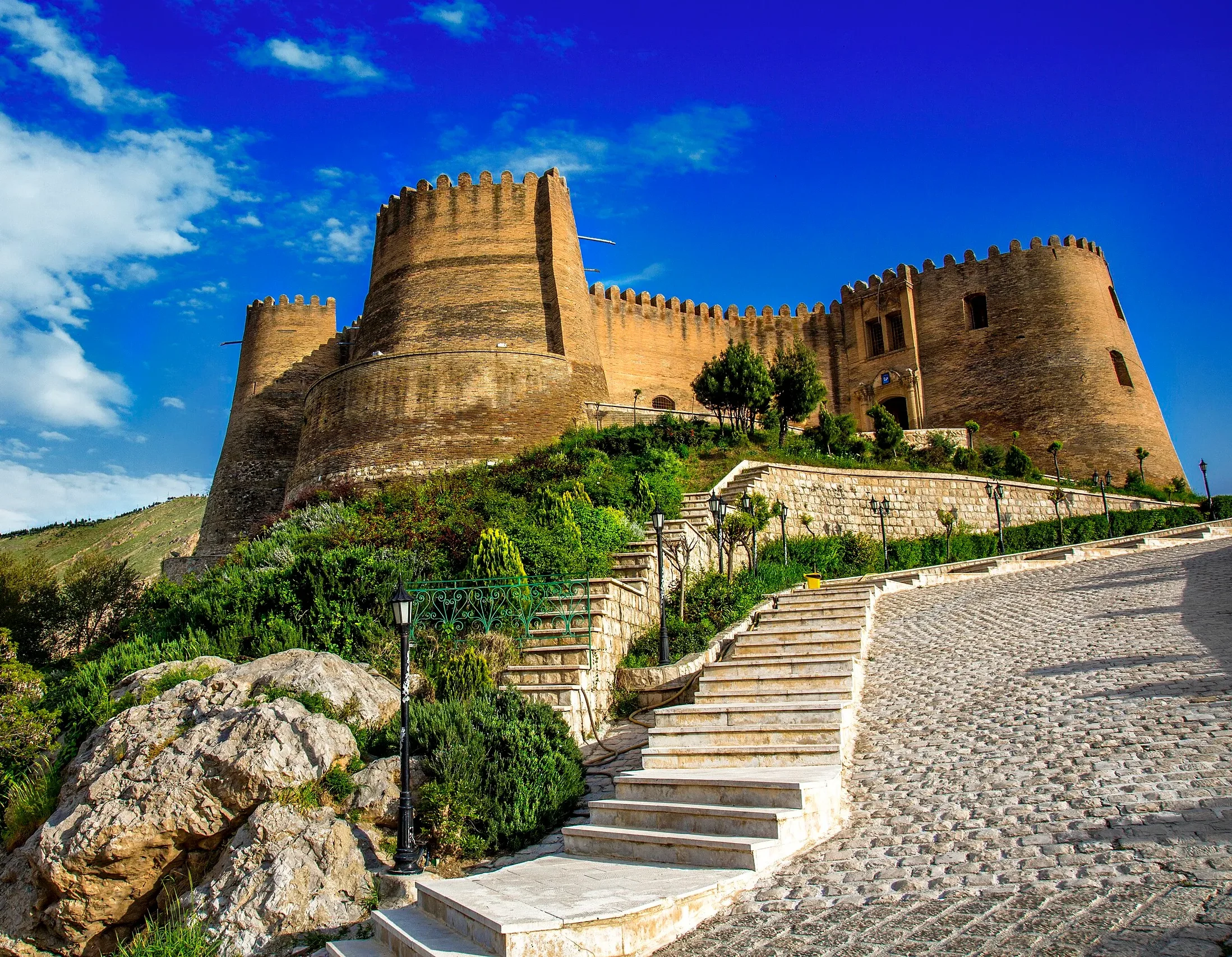
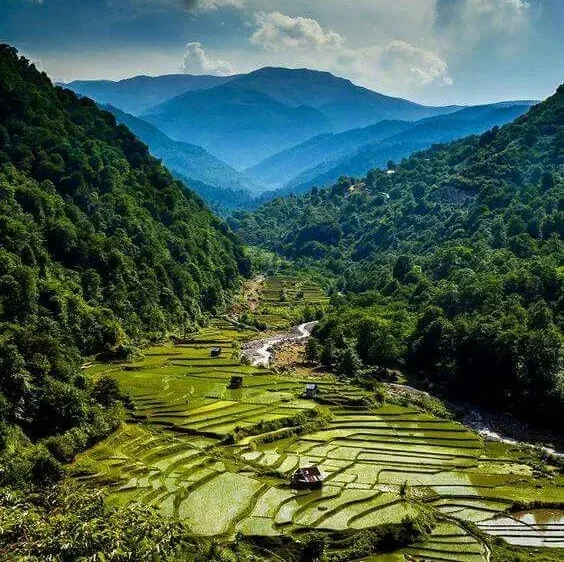
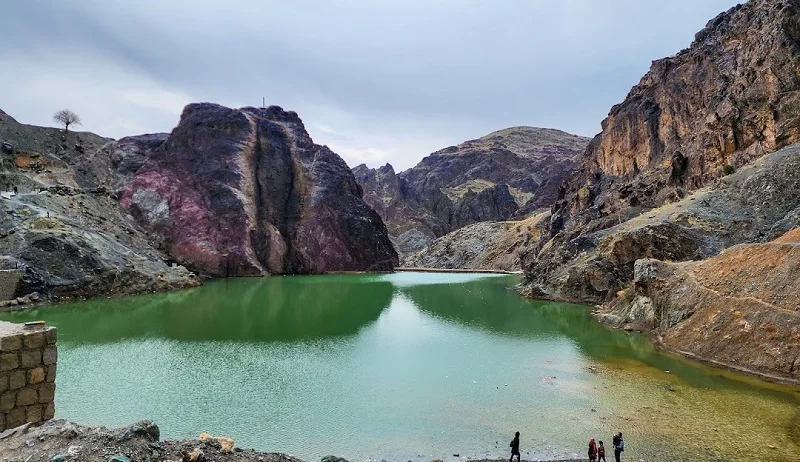
Comments